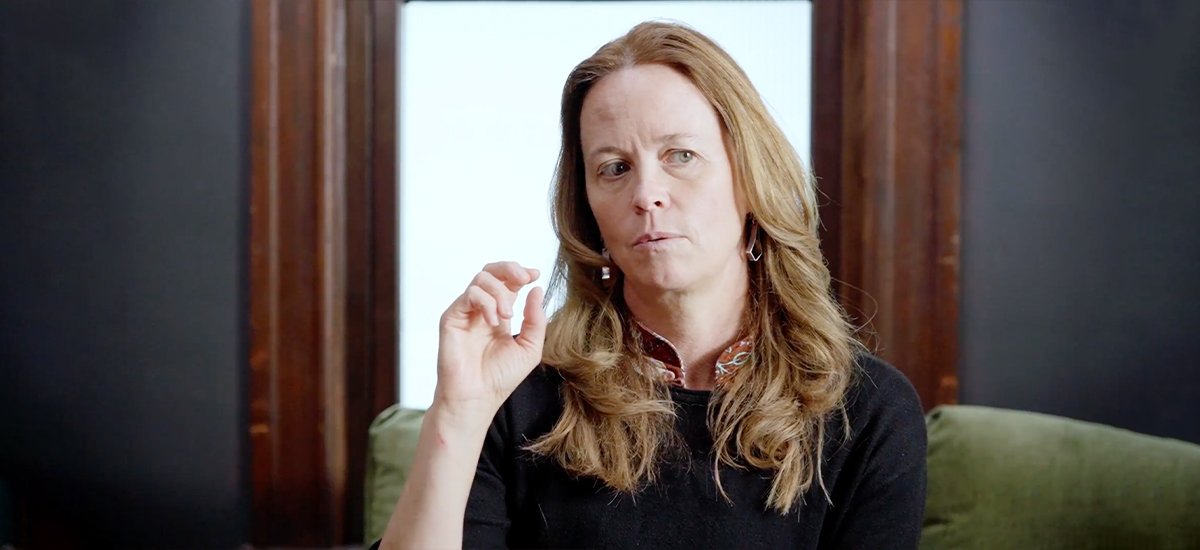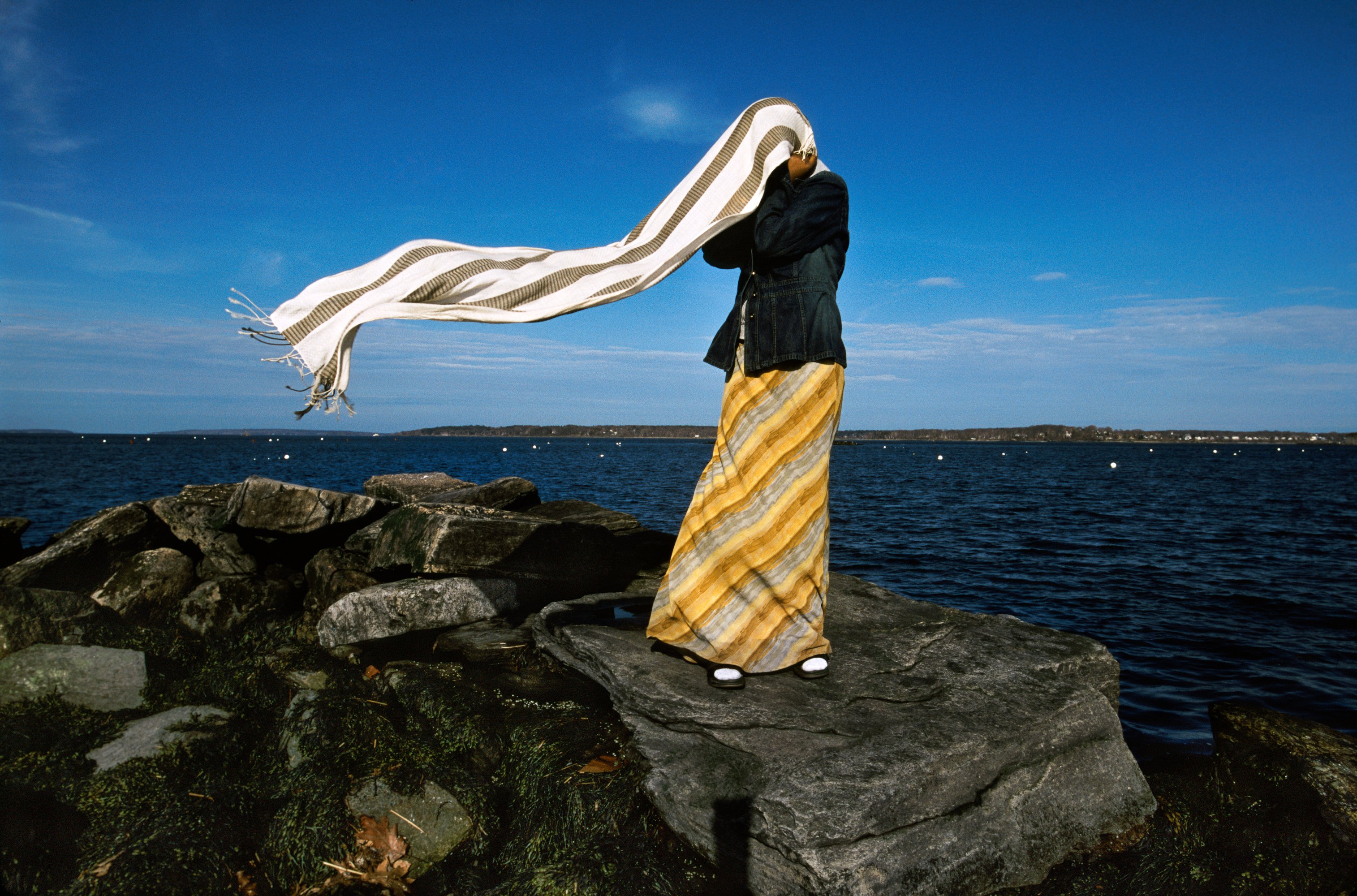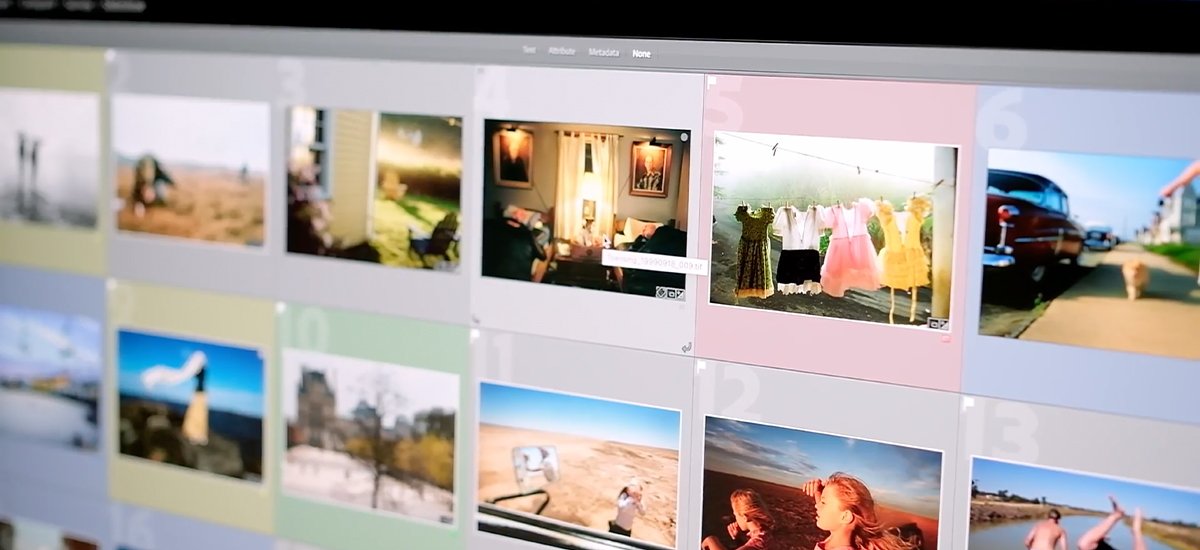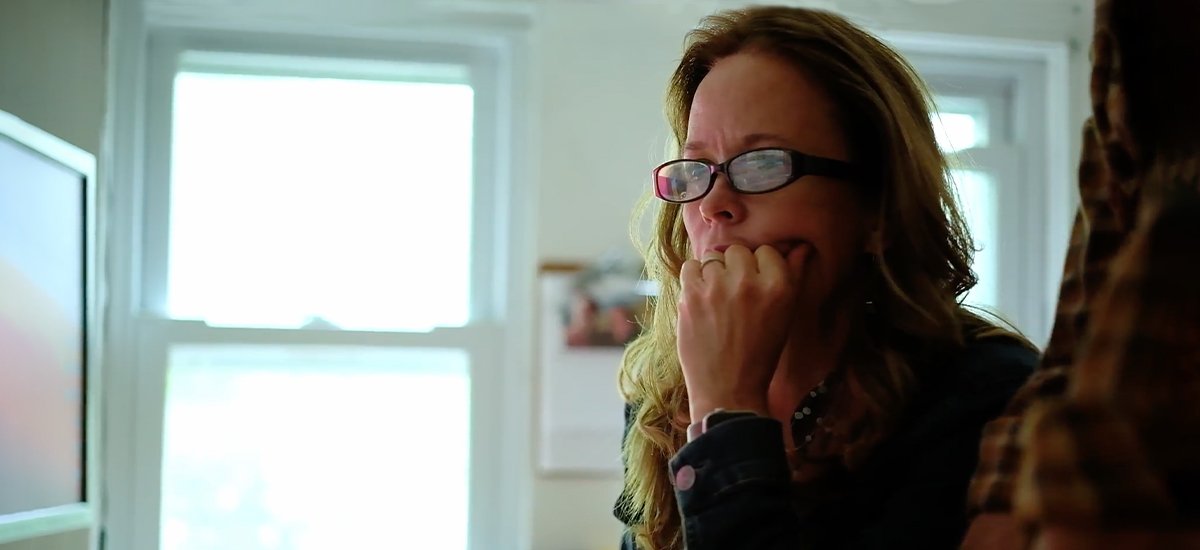Projector
Monitor
Lighting
Digital Display
Job References

BenQ AQCOLOR Ambassador Amy Toensing has worked as a busy freelance photographer and photojournalist for over 25 years and has contributed to major publications such as National Geographic. Amy teaches at Syracuse University alongside her continued career as a professional photographer.
At the time of writing, Amy was busy on an assignment for National Geographic about the Northern Forest Canoe Trail, which goes from New York all the way up to Maine. The trail has been in use for thousands of years by Native Americans and European settlers, and tracing it as a photographer requires a lot of work on water and land. However, this is exactly the kind of project Amy relishes. The complexity offers many opportunities for capturing places and moments in the most authentic way possible, and Amy places utmost importance on authenticity in her work.

Amy believes photography is one of the most powerful universal languages available to humans alongside music, hence a picture is worth a thousand words. Photographers can use their cameras to tell the stories of places, people, groups of people and much more. With photography, stories cross language and culture divides to reach a wide audience that’s keen to experience more of the world in which we live. That is the power of the universality of photography as a visual language.
As a photojournalist, Amy uses her camera to convey stories in the most accurate and thus authentic way possible. Audiences, especially today, are increasingly savvy and can tell when images have been manipulated or altered. Therefore, remaining true to the original image is essential for gaining people’s trust. Amy’s images tell true stories rather than idealized or artistic concepts and need to be accurate as much as possible. Authenticity is everything to ensure viewer trust. That entails doing a lot of research and carefully interpreting stories. Color and tonality must be trusted by viewers, so there’s very little room for inaccuracies and artistic modifications.

A great example of this is a story Amy was working on in Australia for National Geographic. This project was focused on remote rural Aboriginal communities in Australia. Amy met a woman called Lily who faced many challenges growing up but nonetheless started her own craft business, weaving baskets and making various dyes. Lily seemed to have unique concepts of colors, thinking of them as changing and situational rather than the fixed concepts known in most languages. Amy related to this approach, because photographers think of color as light, and something that changes with the time of day or weather. While “blue” is a fixed concept, photographers think of it differently based on light conditions. This nuanced understanding of color made Amy feel a strong kinship with Lily.

One of the most important skills for modern photographers is to understand the original setting, and then faithfully translate that to audiences regardless of how many layers of equipment the image passes through. No matter how beautiful and striking a scene may be, the technology used to bring it to viewers may act as a limiting factor and could diminish the authenticity of the scene. Cameras and computer screens are not our eyes, at the end of the day. And with the ultimate destination for many images being print, there are many layers to pass through while conveying an image. Understanding this process of translation is crucial for photographers, and of course the logical conclusion is that the equipment used along the way needs to be of the highest quality available. With better equipment, from cameras and monitors to printers, the gap between original scene and end product narrows and authenticity is better retained.

Photographers routinely spend thousands of dollars on cameras and lenses, but often employ basic and general use monitors that only cost a couple of hundred at the Best Buy or on Amazon. This discrepancy creates inconsistencies in workflow and arises from a lack of awareness of just how important monitors are in modern photographic processes. In Amy’s case, like many she started her photography career working with film, which doesn’t need a digital display like a monitor. But now computer screens are integral to the work of most photographers as the move to digital has been nearly universal. A computer screen that doesn’t convey files with accuracy and authenticity results in the photographer not knowing what they have in front of them, and delivering images that lack the truth of the original scene.
Amy works as a photojournalist, meaning each project is a story for a publication. After capturing images on the field, Amy heads to her home studio to import files with extensive metadata, then proceeds to edit. When working for National Geographic, each story has about 30,000 to 40,000 images, and that’s a lot of sorting and editing. Outside of National Geographic, a typical workday for Amy involves around 1000 images. Importantly, for Amy “editing” means picking and choosing which images to use, not altering images in any way. Amy doesn’t use post processing.
Having color accurate and beautiful monitors from BenQ in her studio helps Amy choose images because she can better understand and predict how they will appear in their ultimate venue or context. Color accurate monitors help with the interpretation process of an original scene, and maintain authenticity much better than general use displays. Color communicates mood and story and makes all the difference. So, Amy needs a monitor that shows files with complete color accuracy so that she can provide works to clients with confidence. The BenQ monitors Amy uses show images as they were shot, and have proven essential in her workflow.
Color is one of the most powerful ways to communicate a story, and as with all communication, accuracy is essential. With BenQ PhotoVue Monitors, Amy knows she has accuracy to rely on.

